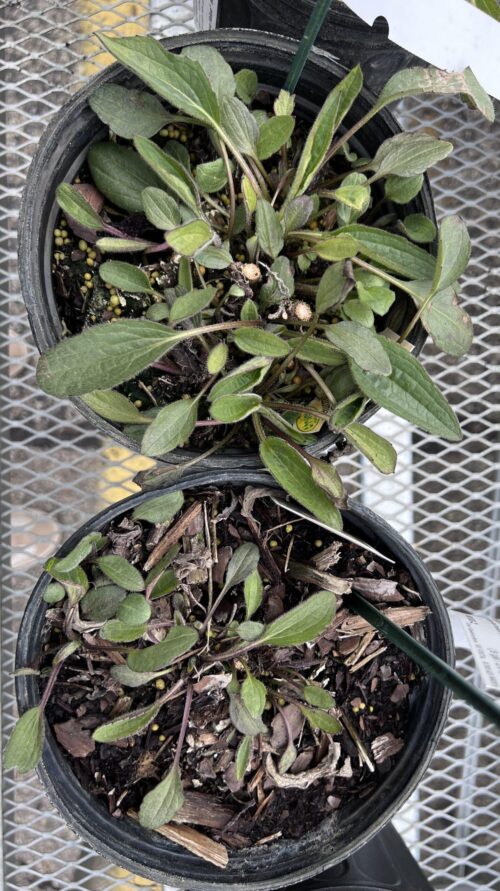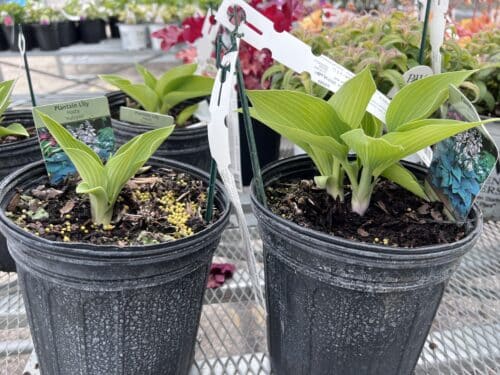There are two types of plant shoppers: the kind who spots the variety they are looking for and they grab the first one they see and the kind who will look through a minimum of a dozen plants before choosing the one.
It’s pretty clear what category I fall into. I have never purchased the first plant I picked up in my life.
But it’s not about a certain level of OCD. It’s because some plants are definitely better than others.
Here’s what you should look for when selecting a plant to take home from the garden center.
Annuals are often crammed on benches in trays, so you’ll have to remove a pot from the tray to really check it out. Plants toward the center of the tray are often smaller than others just because there’s less room there.

4. Look for the number of shoots. I’d rather see more stems emerging from the crown that one larger one.

What would you like to know? Search, or jump to categories below.